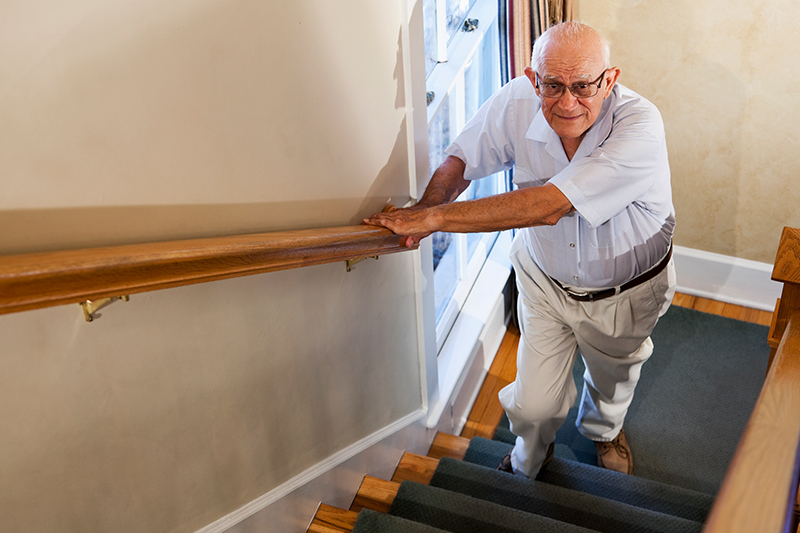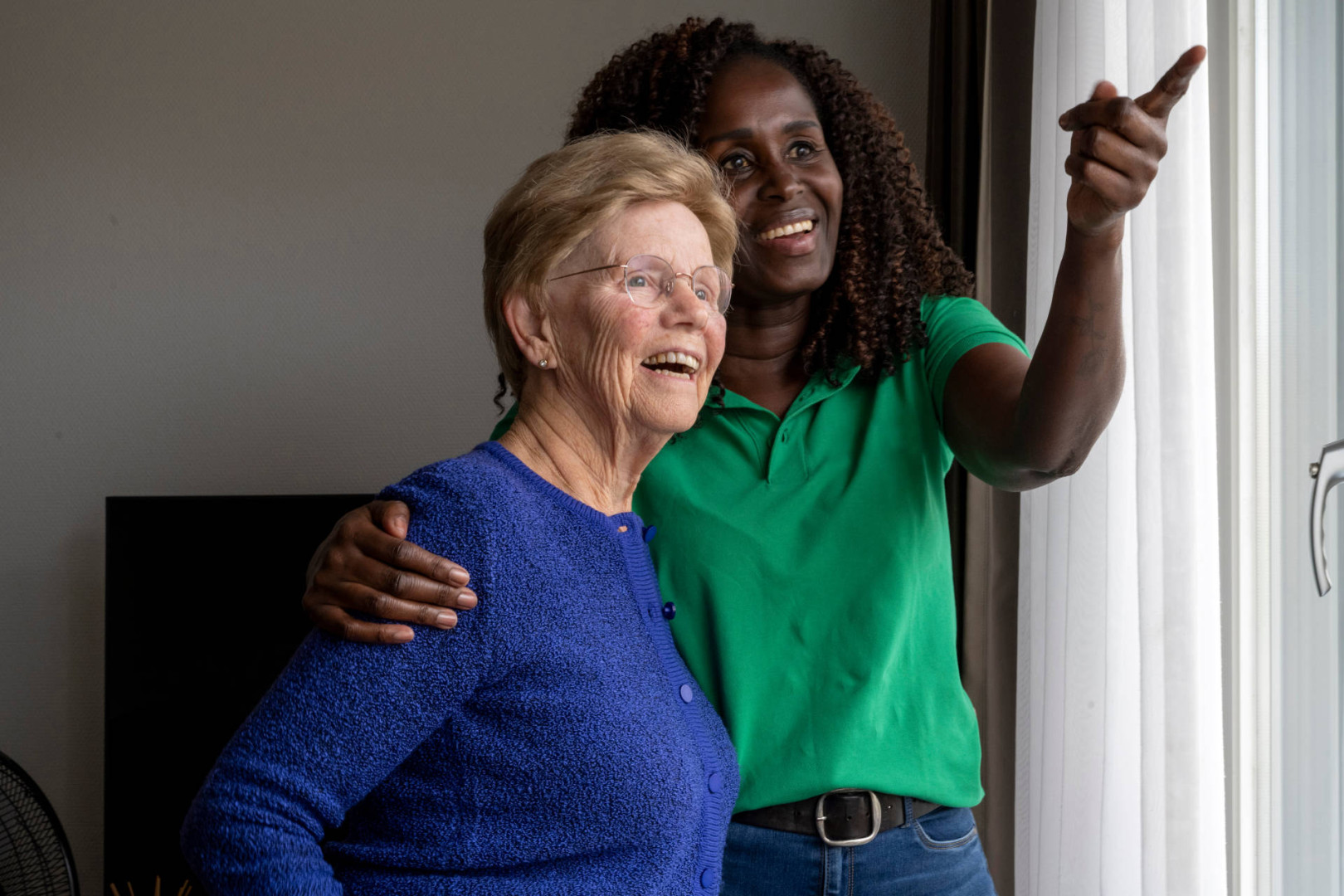Benjamin Franklin certainly had it right: An ounce of prevention really is worth a pound of cure. When it comes to uncovering and addressing senior mobility problems, prevention is a must. Falls lead to 85% of all injury-related hospitalizations for seniors, 95% of all hip fractures, and long-term care requirements for over 1/3 of seniors who have experienced a fall.
Get ahead of a tragedy by keeping an eye out for these warning signs of increasing mobility issues in seniors:
- Steering clear of stairs. An older adult who seems to be getting around just fine but is avoiding going up or down stairs could be fearful of falling as a result of mobility changes.
- Skipping physical activity. Another red flag is an older adult who previously participated in some amount of exercise but now is choosing a more sedentary lifestyle. Exhaustion or weakness can lead to issues with mobility.
- Struggling to sit or stand. Notice if the senior finds it difficult to either stand up from a seated position or to sit back down. Do they need something to hold onto for support?
- Experiencing dizziness. Dizziness and problems with balance can develop from a plethora of factors that ultimately cause difficulty with mobility. It’s important to learn why these problems are taking place and address them right away.
One simple and effective method to evaluate mobility and fall risk in seniors is the TUG (Timed Up and Go) test. The test should be carried out on a consistent basis. Here is all it will require:
- Place a sturdy chair up against the wall.
- Mark a distance of ten feet from the wall.
- Have the individual sit in the chair.
- When you tell them to go, start a timer, and have the person stand, walk towards the 10’ mark, turn around, come back and sit down again.
Make sure to stand nearby as the senior performs the test to provide support if necessary to prevent a fall. Track the outcome over a period of time and share with the person’s doctor for guidance. Find more information on the test along with a downloadable one-page assessment sheet.
In the event that you pick up on any of these signs, it is time to have a frank conversation with the senior. Let the person know you’re concerned, and schedule an appointment for a check-up with the physician. The implementation of some simple mobility aids can make a world of difference in maintaining safety and independence.
Connect with Amy’s Helping Hands, the top provider of home care in Windsor, Ontario and the surrounding areas, for additional fall prevention strategies for older adults, and also to learn about the countless ways we are available to improve quality of life for a senior you love with in-home care services.















